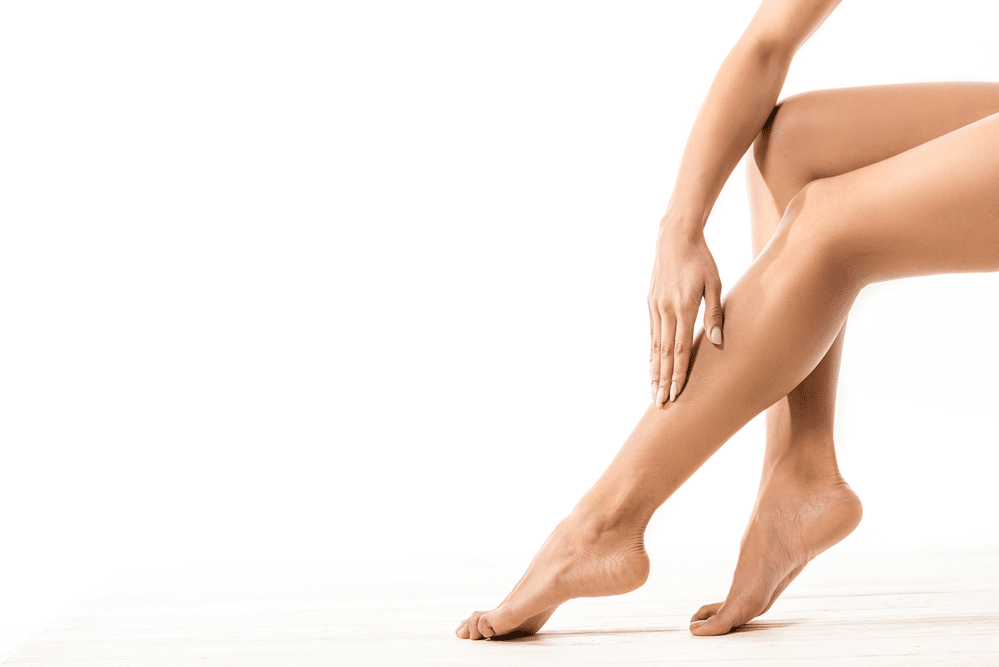If you suffer from varicose veins, you’ve probably been considering a number of treatment methods. At VENUS Vein Clinic in Omaha, NE, we know that there is no one-size-fits-all solution to troublesome veins. That’s why we proudly offer a number of treatment methods, including ambulatory phlebectomy. To help you determine whether this treatment method is right for you, today, we’re taking a closer look at what you can expect during the recovery process.
How Long Is Recovery After Ambulatory Phlebectomy?
Depending on the scope of your procedure, you can expect your ambulatory phlebectomy recovery to take anywhere from seven to 21 days. The speed at which you recover will also depend on how well you care for yourself after your procedure. Here’s an in-depth look at the steps you can take to recover from your phlebectomy as quickly as possible.
Wear Compression Garments
Wearing compression garments is one of the most effective steps you can take to recover from your ambulatory phlebectomy as quickly as possible. You can take off your compression garments when you shower, but you should wear them for the rest of your recovery period, including when you sleep.
The reason compression garments are so good for your recovery is that they improve circulation in the local area. Your circulatory system is vital for delivering nutrients and growth factors your body needs to heal.
Walk
Like wearing compression garments, walking will speed up your recovery process by supporting your circulatory system. In fact, it is highly advisable to walk around as soon as your procedure is over. Furthermore, walking helps to eliminate fluid that may be building up in your treatment area by causing muscle contractions in the area.
Just keep in mind that you shouldn’t go on a vigorous walk in the early stages of your recovery. Everyone’s recovery experience will vary, but you should generally wait five to seven days before engaging in vigorous exercise depending on how you feel. As a general rule of thumb, you should aim to walk for at least 30 minutes daily. This can be broken up into six five-minute walks at a moderate pace if you feel like your schedule is too hectic for a 30-minute walk.
Take Warm Showers
It is extremely important that you do not get too hot during your recovery. This is one reason why you shouldn’t exercise vigorously while you are first starting to recover. To ensure the treatment area doesn’t get too hot, make sure you take warm showers instead of steaming hot showers.
Also, you should do your best to avoid sweating. In addition to refraining from participating in vigorous exercise, make sure you avoid saunas, steam rooms, and hot tubs.
Eat Enough Protein
One of the nutrients transported through your body to your treatment area to facilitate rapid healing is protein. It is very important to eat enough protein during your recovery process because your skin heals itself thanks to a special type of protein called collagen. Your skin manufactures this protein only when it has all of the necessary ingredients, including three essential amino acids.
To ensure there is an adequate supply of these amino acids, you need to make sure you get your recommended daily allowance of protein. It is generally advisable to eat around a gram of protein for every pound of body mass while you are recovering from ambulatory phlebectomy. For example, if you weigh 130 pounds, you should make sure you can fit 130 grams (520 calories) of protein into your diet.
Rest
Getting plenty of rest will also shorten the length of your recovery period. Most of the self-healing your skin accomplishes takes place during the rapid eye movement stage of sleep. To get all the way through this stage, you will need to sleep for approximately 90 minutes in a row. In some cases, it can take up to two hours to complete all of the stages of sleep, including the REM stage.
As a general rule of thumb, adults need around 7.5 hours of consecutive sleep per night for optimal health. This is enough time for most people to get through five full sleep cycles. However, while you’re recovering, you should do your best to complete at least six full sleep cycles (nine consecutive hours of sleep). If you can’t sleep for nine hours consecutively, try to nap for 90 minutes at a time during the day.
Tips for Sleeping
Research suggests that the ideal sleeping temperature falls somewhere between 63 and 67 degrees. Turning your thermostat down when you’re ready for bed may help you sleep more soundly throughout the night.
Get the Legs You Want
The bottom line is that recovering from ambulatory phlebectomy can take anywhere from one to three weeks depending on the scope of the procedure and how well you care for yourself afterward. To heal as quickly as possible, make sure you adhere to all recovery guidelines. If you are suffering from varicose veins and think this treatment method is right for you, schedule an initial consultation with us today at VENUS Vein Clinic in Omaha, NE to find out for sure.

